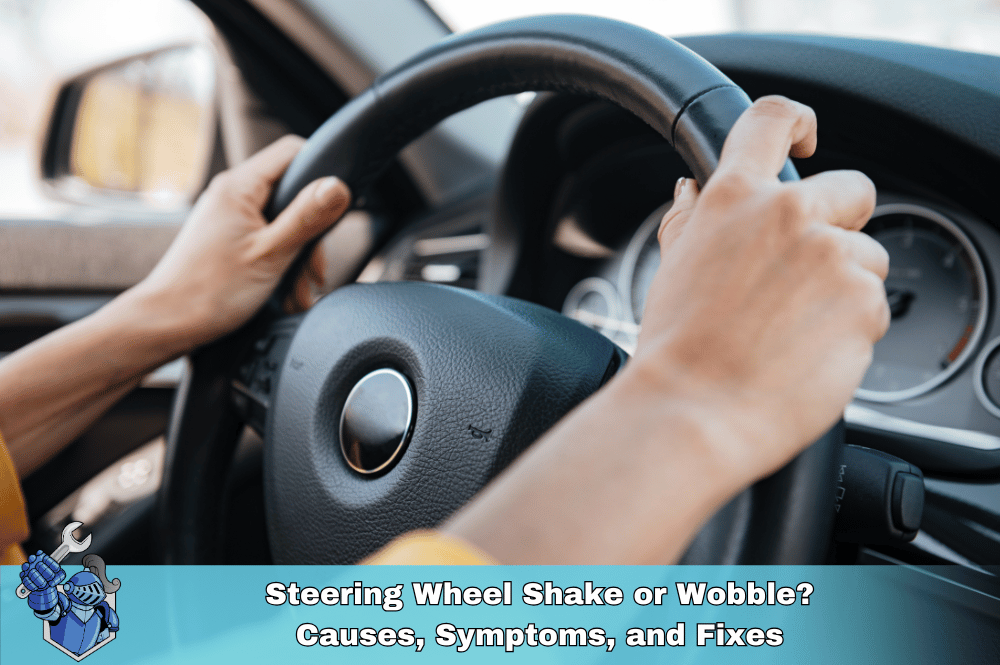Only comprehensive auto insurance covers catalytic converter theft. Liability-only policies do not include theft coverage.
Catalytic converter theft has exploded across the country—and it’s not slowing down. If you’ve ever walked out to your car, turned the key, and heard an ungodly roar instead of the usual purr, you might already know what this nightmare feels like. You’re not alone. Catalytic converter theft is a fast, quiet, and lucrative crime that leaves drivers with steep repair bills and lingering vulnerability.
But you’re not powerless.
This ultimate guide will walk you through everything you need to know about catalytic converter theft prevention—from why thieves target catalytic converters to the best anti-theft devices on the market, and how to protect your car starting today.
For additional car care tips and extended vehicle protection solutions, check out the Noble Quote Learning Center.
Why Are Catalytic Converters Stolen?
Understanding the motive is your first step to prevention. Catalytic converters are emission control devices that reduce toxic gases and pollutants from your car’s exhaust. Inside, they contain three incredibly valuable precious metals: rhodium, palladium, and platinum. These metals fetch high prices on the black market—especially rhodium, which can be worth over $10,000 per ounce.
The real kicker? It takes a thief less than 2 minutes to crawl under a car with a cordless saw and cut the converter free. No complicated tech, no alarm—just quick cash.
Which Cars Are Targeted by Catalytic Converter Thieves?
Thieves go after what’s easiest and most profitable. That means:
- Hybrid vehicles (like the Toyota Prius): Their catalytic converters are cleaner, so the metals inside are more concentrated.
- Trucks and SUVs: Their high clearance makes it easier to slide underneath.
- Fleet vehicles and work vans: Often left unattended for long periods.
- Older cars: Less security and more accessible parts.
The most stolen catalytic converter cars include the Toyota Prius, Honda Accord, Toyota Tacoma, Ford F-Series, and Chevy Silverado.
Catalytic Converter Theft Symptoms: How to Know It’s Gone
Not sure if your converter was stolen? Look out for these warning signs:
- Loud roaring or rumbling noise when starting your engine
- Poor fuel efficiency
- Loss of acceleration
- Check Engine Light is on
- Strong fumes or unusual exhaust smells
If you experience these catalytic converter theft symptoms, pull over safely and have your vehicle inspected immediately.

How to Prevent Catalytic Converter Theft: Proven Tips and Tools
1. Install a Catalytic Converter Shield or Guard
One of the most effective deterrents is a catalytic converter shield or catalytic converter cage. These heavy-duty plates or steel enclosures are bolted over the converter to make removal time-consuming and noisy—something most thieves want to avoid.
For example, MillerCAT shields for Prius models and CatClamp converter locks are top-rated products that have helped thousands of drivers secure their vehicles.
2. Use a Catalytic Converter Lock
A catalytic converter lock works like a hardened steel cable looped around the converter and welded to your vehicle’s frame. Brands like CatStrap make products that can be installed in under an hour and drastically reduce the chances of theft.
3. Install a Catalytic Converter Alarm
An increasingly popular solution is adding a catalytic converter alarm—either as a stand-alone device or as an add-on to your vehicle alarm system. These sensors can detect vibration or cutting and emit a loud siren to scare off thieves.
Are catalytic converter alarms effective? Yes—especially when paired with visual deterrents like warning decals and stickers.
4. Etch Your VIN Onto the Catalytic Converter
Using a catalytic converter etching kit, you or a professional can mark your converter with your Vehicle Identification Number (VIN). This doesn’t prevent theft, but it does make your part easier to trace—and harder for thieves to resell.
Some police departments and auto shops offer catalytic converter marking kits or free VIN etching programs. Check your local area.
5. Weld the Converter to the Frame
Although more permanent, welding your catalytic converter to your vehicle’s frame can significantly increase theft difficulty. This is typically done by a professional mechanic and is more common for high-risk vehicles.
6. Park Smarter
Don’t underestimate the power of strategic parking. Use these parking tips to prevent catalytic converter theft:
- Park in a locked garage whenever possible.
- Choose well-lit areas near surveillance cameras.
- At home, use motion sensor lights.
- If parking in a driveway, try blocking the rear of your vehicle close to a wall or another car to limit access.
DIY Catalytic Converter Protection: Budget-Friendly Tips
You don’t have to spend hundreds to secure your vehicle. Some DIY catalytic converter protection strategies include:
- Spraying your converter with bright high-temp paint to make it traceable and unappealing.
- Creating a homemade cage or shield from steel mesh (only recommended if you’re confident in your fabrication skills).
- Installing a battery-powered motion alarm under your car.
While not foolproof, these catalytic converter theft deterrents that work are better than doing nothing at all.

Legal Protections & Laws You Should Know
States are stepping up to combat the rise in converter theft. Several now require scrap yards to check IDs and track sellers. Others are cracking down on reselling unmarked converters. Understanding catalytic converter theft laws in your area is critical.
For example:
- California requires licensed dealers and tracking for scrap metal transactions.
- Texas and Minnesota have launched public awareness campaigns and VIN etching events.
- New York mandates traceability for converter sales.
What to Do If Your Catalytic Converter Is Stolen
It’s a stressful experience—but there’s a plan of action:
- Call the police and file a theft report.
- Take photos of the damage and your vehicle.
- Contact your insurance company. Some comprehensive auto policies cover theft, but you may need to pay the deductible.
- Get a repair quote. Replacing a stolen catalytic converter can cost anywhere from $1,000 to $3,000 or more, especially on hybrids.
- Ask your mechanic about installing a catalytic converter anti-theft device during the repair.
Can You Drive Without a Catalytic Converter?
Technically, yes—but it’s not safe, smart, or legal in most areas. Driving without a converter increases emissions, may trigger error codes, and could damage your engine over time. You’re also likely to fail inspection.
How Long Does It Take to Steal a Catalytic Converter?
Professional thieves can remove one in under 90 seconds, especially from vehicles with high ground clearance. That’s why catalytic converter security devices are so important. Once it's gone, you're looking at major costs—and downtime.
Catalytic Converter Theft Statistics: Why This Is a National Crisis
- The National Insurance Crime Bureau (NICB) reports a 1,215% increase in catalytic converter theft from 2019 to 2022.
- In 2023, over 64,000 incidents were reported nationwide.
- States like California, Texas, and Illinois lead in reported thefts.
Hybrid owners, particularly Prius drivers, are among the hardest hit. Prius catalytic converter theft prevention is a fast-growing topic among auto forums and vehicle owner groups.
Truck Catalytic Converter Theft Prevention
Pickup trucks are especially vulnerable due to their height and exposed exhaust systems. For truck catalytic converter theft prevention, consider:
- Shielding both converters (trucks often have two)
- Parking near curbs or walls to restrict undercarriage access
- Using a multi-device strategy—shield, alarm, and VIN etching
Insurance & Reimbursement
Does insurance cover catalytic converter theft? Only if you have comprehensive coverage. It typically does not apply to liability-only policies. Check with your provider about coverage and what documentation you’ll need to file a claim.
Also, be aware of your deductible—some drivers find the cost of replacement is just below their coverage threshold.
Looking Ahead: Protecting Your Vehicle in 2025 and Beyond
Catalytic converter theft isn’t going away anytime soon. As precious metal prices stay high and enforcement remains inconsistent, proactive catalytic converter protection is the best defense.
The good news? Solutions are available, and many are affordable. From converter locks and shields to simple parking strategies, you can drastically reduce your risk.
Catalytic Converter Theft Prevention: Common Questions Drivers Ask (and Real Answers That Help)
Will my insurance cover catalytic converter theft?
Are catalytic converter alarms actually effective?
Yes. Alarms that detect vibration or cutting can scare off thieves—especially when paired with visible warning stickers and physical security devices.
What does a catalytic converter shield do?
A shield is a metal plate that covers the converter, making it harder and louder to remove. It’s one of the most recommended anti-theft devices.
How long does it take to steal a catalytic converter?
A skilled thief can steal a catalytic converter in under 90 seconds using a cordless saw, especially on SUVs and trucks with higher ground clearance.
Why are catalytic converters so valuable?
They contain rhodium, palladium, and platinum—precious metals that can be sold for high prices on the black market.
Can I drive my car without a catalytic converter?
While the car may still run, it’s illegal in most states and can cause engine problems, reduce fuel efficiency, and increase harmful emissions. It should be replaced as soon as possible.
What is the most effective way to prevent catalytic converter theft?
The most effective prevention combines a catalytic converter shield, alarm system, and VIN etching. These methods slow down thieves, increase the risk of getting caught, and make the part harder to sell.
Which vehicles are most targeted for catalytic converter theft?
Thieves frequently target the Toyota Prius, Honda Accord, Toyota Tacoma, Ford F-Series, and Chevy Silverado due to easy access and high precious metal content.
How can I tell if my catalytic converter was stolen?
If your car suddenly sounds loud or like a motorcycle when you start it, or you notice reduced performance and a Check Engine Light, your catalytic converter may have been stolen.
How much does it cost to replace a stolen catalytic converter?
Replacement costs typically range from $1,000 to $3,000 or more, depending on the vehicle type and whether other parts were damaged during theft.
Suggestions for you
Read MoreLet’s work together
Every week we showcase three charitable organizations that our donations are sent to. Our clients are able to choose which of these three will receive their gift when they add coverage to their vehicle...

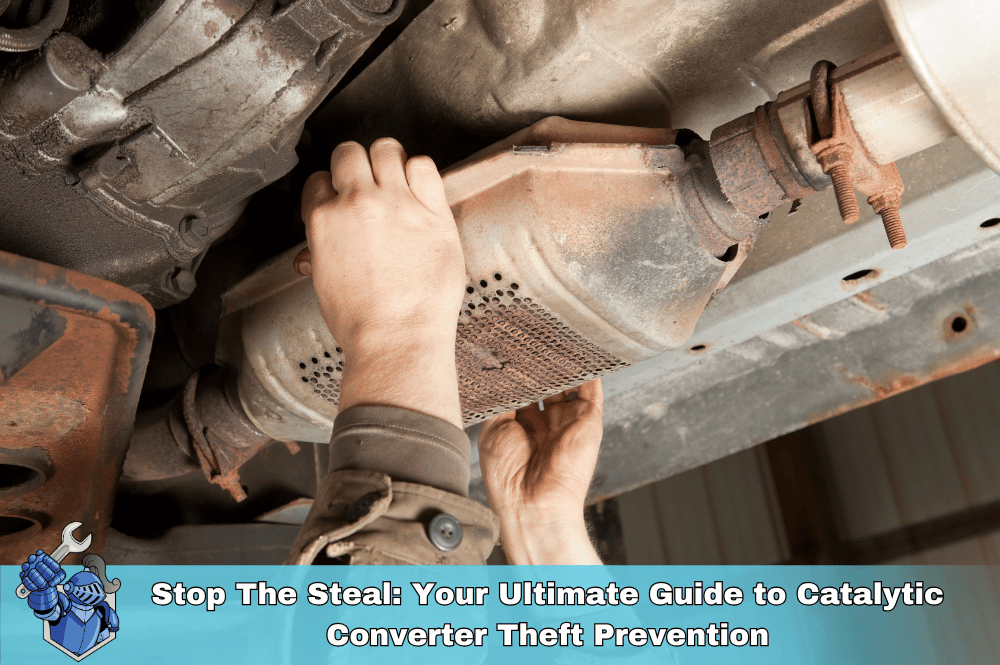
 The Ultimate Hummer H2 Buyer’s Guide: Common Problems, Reliability, and What to Know Before You Buy
The Ultimate Hummer H2 Buyer’s Guide: Common Problems, Reliability, and What to Know Before You Buy The #1 Reason the 2015 Toyota Corolla Still Dominates Used Car Sales (And Why You Need One)
The #1 Reason the 2015 Toyota Corolla Still Dominates Used Car Sales (And Why You Need One) Water Damage & Your Home Warranty: Understanding What's Truly Covered (and What Isn't!)
Water Damage & Your Home Warranty: Understanding What's Truly Covered (and What Isn't!) Confessions of a Car Salesperson: What They Don’t Want You to Know (And How to Use It to Your Advantage)
Confessions of a Car Salesperson: What They Don’t Want You to Know (And How to Use It to Your Advantage) The Ultimate Guide to the 2025 Jaguar F-Pace: Performance, Luxury & Value
The Ultimate Guide to the 2025 Jaguar F-Pace: Performance, Luxury & Value CAN Bus Explained: How Your Car's Digital Network Connects Everything (and Why It Matters)
CAN Bus Explained: How Your Car's Digital Network Connects Everything (and Why It Matters) Drive: The Ryan Gosling Movie That Defined a Generation of Car Culture
Drive: The Ryan Gosling Movie That Defined a Generation of Car Culture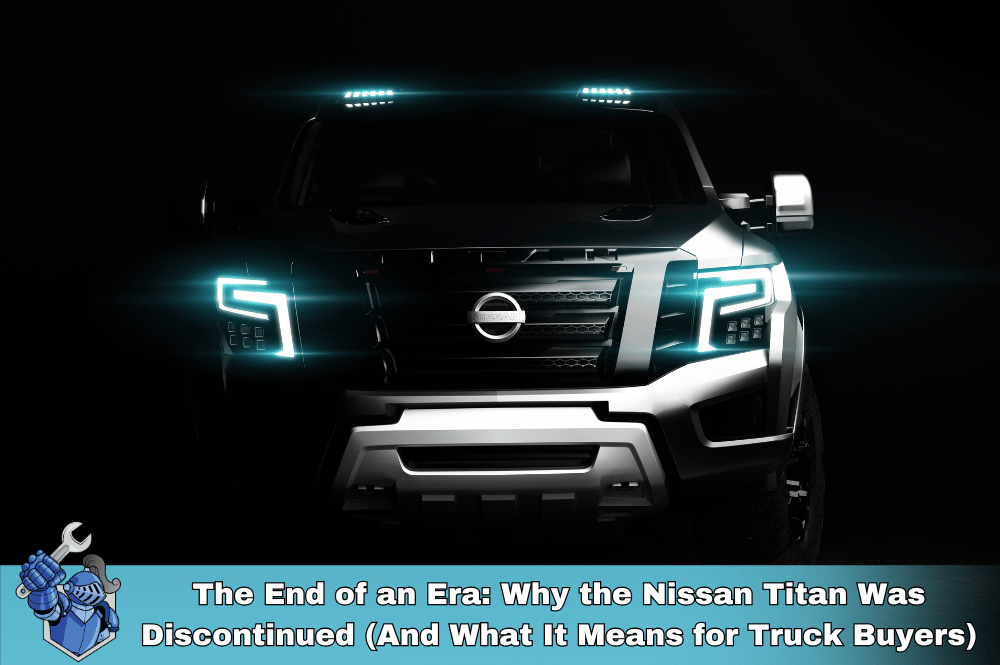 The End of an Era: Why the Nissan Titan Was Discontinued (And What It Means for Truck Buyers)
The End of an Era: Why the Nissan Titan Was Discontinued (And What It Means for Truck Buyers) The Ultimate Guide to Home Warranty Plumbing Coverage: What's Covered, What's Not, and Why It Matters
The Ultimate Guide to Home Warranty Plumbing Coverage: What's Covered, What's Not, and Why It Matters Slate’s Electric Entry: A Deep Dive into the New Automotive Truck
Slate’s Electric Entry: A Deep Dive into the New Automotive Truck Affordability Crisis: How Rising Costs are Putting the Brakes on Car Sales
Affordability Crisis: How Rising Costs are Putting the Brakes on Car Sales The Extended Warranty Pitch: What Dealers Don't Always Tell You
The Extended Warranty Pitch: What Dealers Don't Always Tell You Unlock Your Dream Ride: The Ultimate Guide to Scoring a New Car Deal
Unlock Your Dream Ride: The Ultimate Guide to Scoring a New Car Deal The Ultimate Guide to Scoring a Great Deal on a Used Car
The Ultimate Guide to Scoring a Great Deal on a Used Car Used Car Paperwork Checklist: Everything You Need to Buy Smart
Used Car Paperwork Checklist: Everything You Need to Buy Smart Decoding “As-Is”: Your Essential Guide to Buying a Used Car
Decoding “As-Is”: Your Essential Guide to Buying a Used Car Allstate Auto Insurance: A Comprehensive Review
Allstate Auto Insurance: A Comprehensive Review Cars.com: Your All-in-One Guide to Buying, Selling, and Owning Cars
Cars.com: Your All-in-One Guide to Buying, Selling, and Owning Cars Is Geico the Right Choice? An In-Depth Auto Insurance Review
Is Geico the Right Choice? An In-Depth Auto Insurance Review Carfax: Unlocking a Vehicle's History – Is It Worth It?
Carfax: Unlocking a Vehicle's History – Is It Worth It?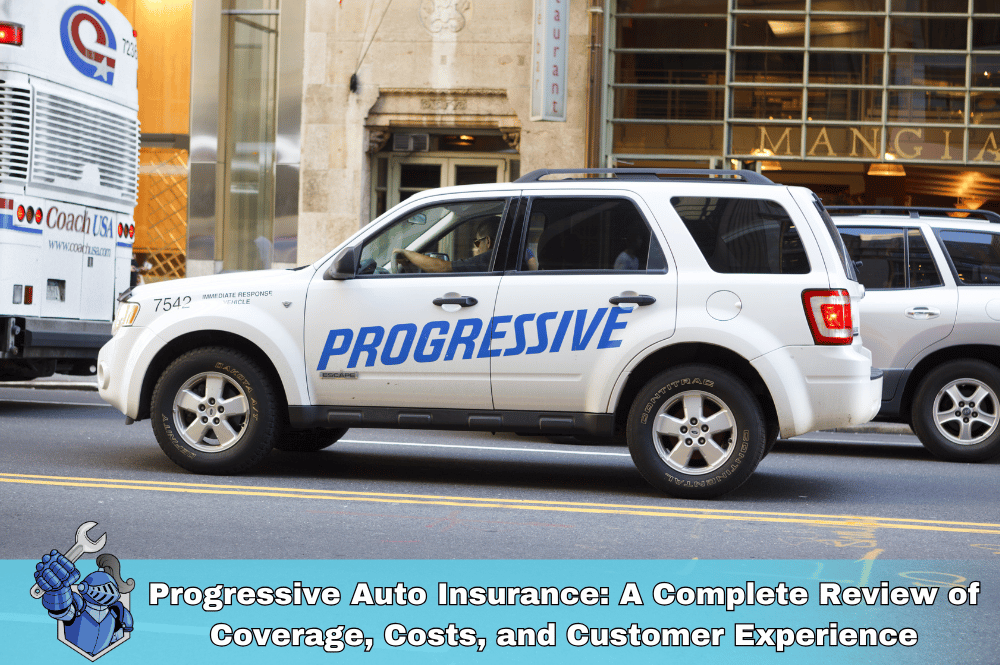 Progressive Auto Insurance: A Complete Review of Coverage, Costs, and Customer Experience
Progressive Auto Insurance: A Complete Review of Coverage, Costs, and Customer Experience The Trusted Choice: A Comprehensive Look at NAPA AutoCare Center Services
The Trusted Choice: A Comprehensive Look at NAPA AutoCare Center Services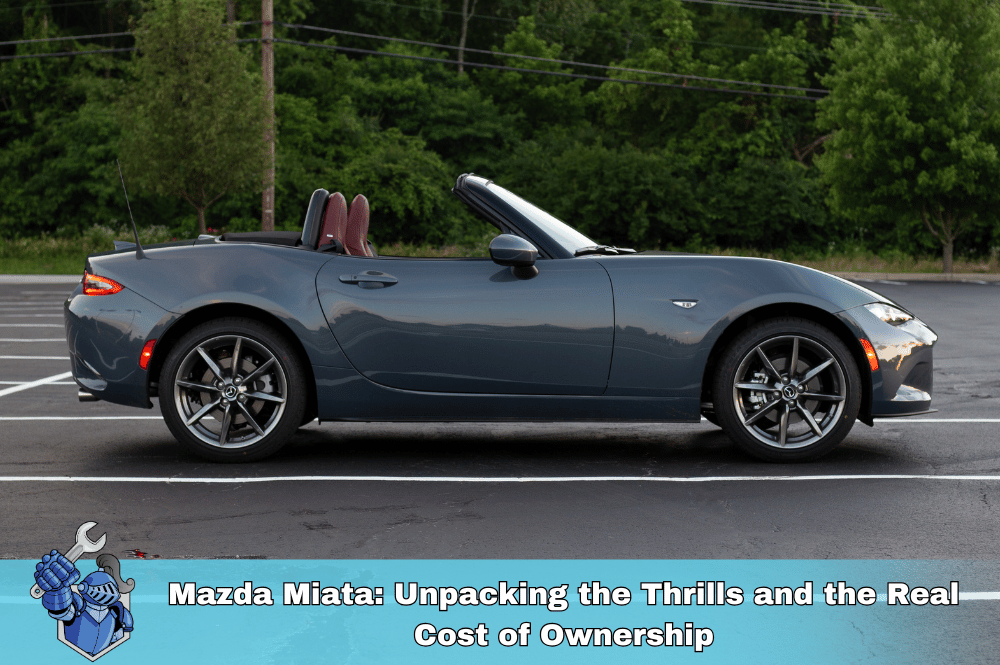 Mazda Miata: Unpacking the Thrills and the Real Cost of Ownership
Mazda Miata: Unpacking the Thrills and the Real Cost of Ownership Online Car Shopping vs. Dealerships: Which Road Should You Take?
Online Car Shopping vs. Dealerships: Which Road Should You Take? The Hidden Risks of Buy Here Pay Here Car Dealerships
The Hidden Risks of Buy Here Pay Here Car Dealerships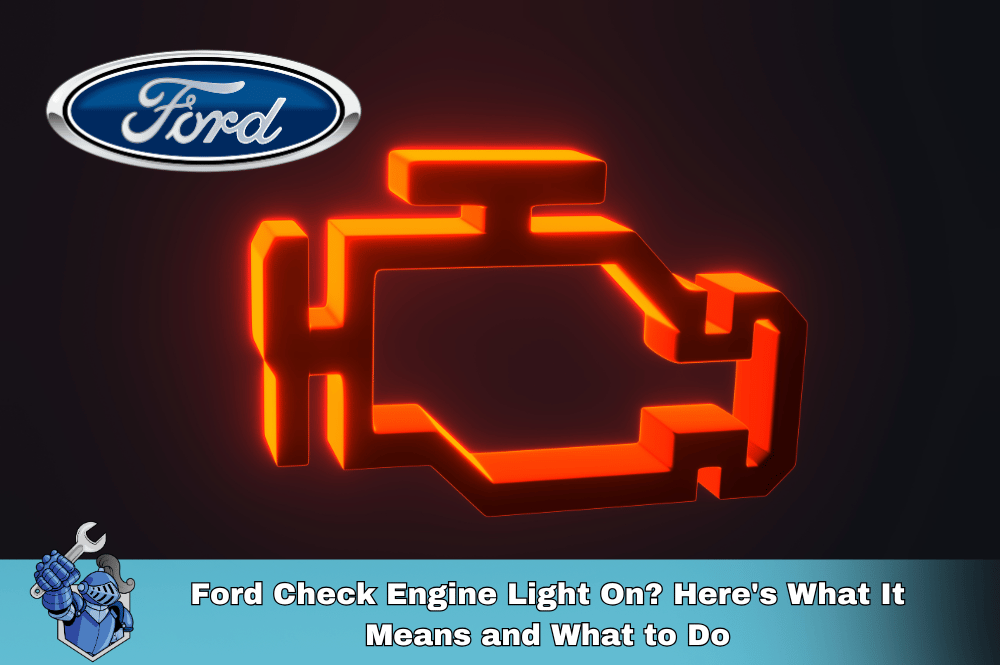 Ford Check Engine Light On? Here's What It Means and What to Do
Ford Check Engine Light On? Here's What It Means and What to Do USAA Auto Insurance Review: The Complete In’s and Out’s (2025 Edition)
USAA Auto Insurance Review: The Complete In’s and Out’s (2025 Edition) Is an AARP Membership Worth It for Drivers?
Is an AARP Membership Worth It for Drivers? The Basics of Car Insurance Deductibles and How They Work
The Basics of Car Insurance Deductibles and How They Work Navigating Bank of America Auto Loans: What You Need to Know
Navigating Bank of America Auto Loans: What You Need to Know 5 Steps to a Higher Credit Score: Your Guide to Better Auto Loan Rates
5 Steps to a Higher Credit Score: Your Guide to Better Auto Loan Rates The General Auto Insurance: What You Need to Know
The General Auto Insurance: What You Need to Know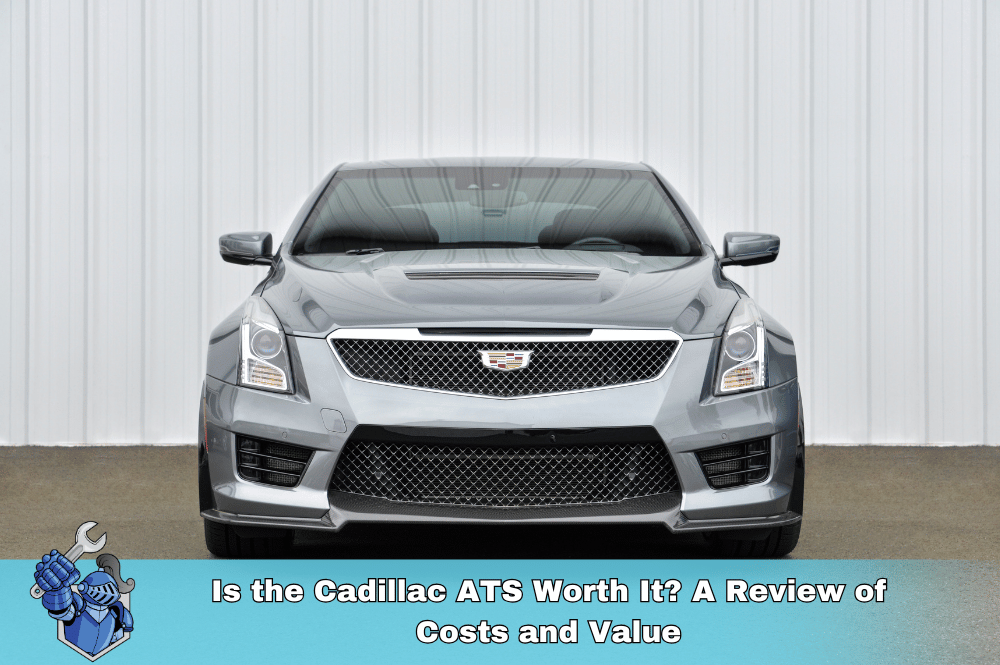 Is the Cadillac ATS Worth It? A Review of Costs and Value
Is the Cadillac ATS Worth It? A Review of Costs and Value Capital One Auto Loans: Your Complete Guide to Financing Your Next Vehicle
Capital One Auto Loans: Your Complete Guide to Financing Your Next Vehicle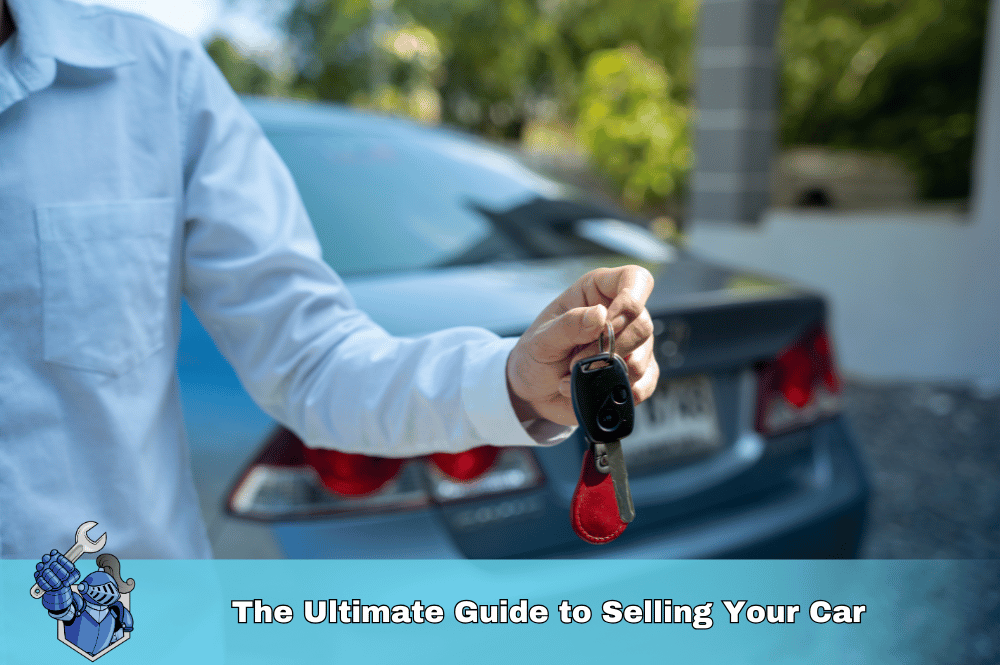 The Ultimate Guide to Selling Your Car
The Ultimate Guide to Selling Your Car Nationwide Auto Insurance: 10 Essential Things to Know Before You Buy
Nationwide Auto Insurance: 10 Essential Things to Know Before You Buy Lost Keys? Noble Quote Has You Covered (and More!)
Lost Keys? Noble Quote Has You Covered (and More!) The Digital Garage for Your Dollars: Navigating the World of Trading Apps
The Digital Garage for Your Dollars: Navigating the World of Trading Apps O'Reilly Auto Parts: Your Comprehensive Guide to Services, Products, and More
O'Reilly Auto Parts: Your Comprehensive Guide to Services, Products, and More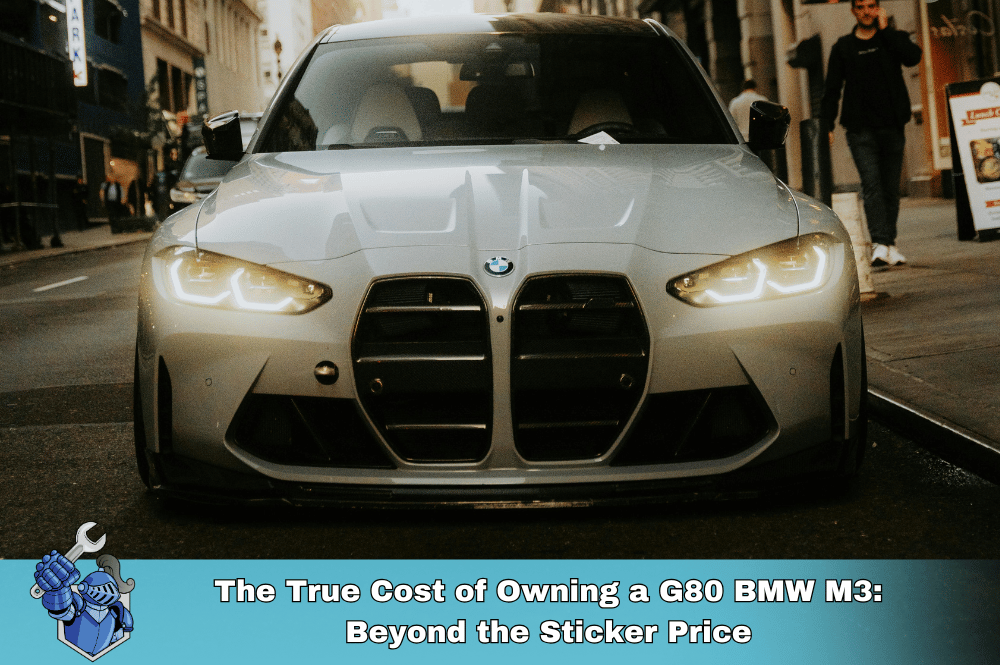 The True Cost of Owning a G80 BMW M3: Beyond the Sticker Price
The True Cost of Owning a G80 BMW M3: Beyond the Sticker Price Land Cruiser 2025: Unleashed & Uncosted!
Land Cruiser 2025: Unleashed & Uncosted! Noble Quote vs. Amber: Which Automotive Service Offers the Best Value?
Noble Quote vs. Amber: Which Automotive Service Offers the Best Value? Unlock Lower Rates: Your Guide to Travelers Auto Insurance Discounts
Unlock Lower Rates: Your Guide to Travelers Auto Insurance Discounts Porsche Macan: The REAL Cost of Ownership (2015–2024 Review)
Porsche Macan: The REAL Cost of Ownership (2015–2024 Review) Land Rover Evoque Review (2012–2024): True Cost of Ownership Revealed
Land Rover Evoque Review (2012–2024): True Cost of Ownership Revealed Your Car as an NFT? The Future of Automotive Ownership on Ethereum
Your Car as an NFT? The Future of Automotive Ownership on Ethereum Unlock Cheaper Rates: Your Ultimate Guide to State Farm Auto Insurance Discounts
Unlock Cheaper Rates: Your Ultimate Guide to State Farm Auto Insurance Discounts Online Used Car Shopping: What You NEED to Know Before You Buy
Online Used Car Shopping: What You NEED to Know Before You Buy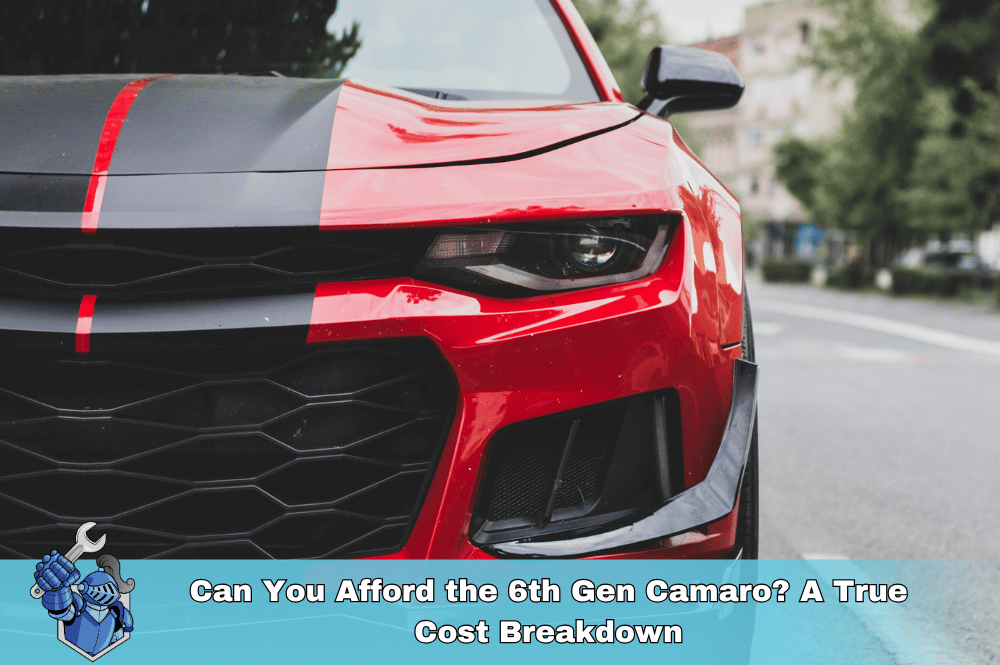 Can You Afford the 6th Gen Camaro? A True Cost Breakdown
Can You Afford the 6th Gen Camaro? A True Cost Breakdown The 7 Hidden Costs of Skipping Your Extended Car Warranty
The 7 Hidden Costs of Skipping Your Extended Car Warranty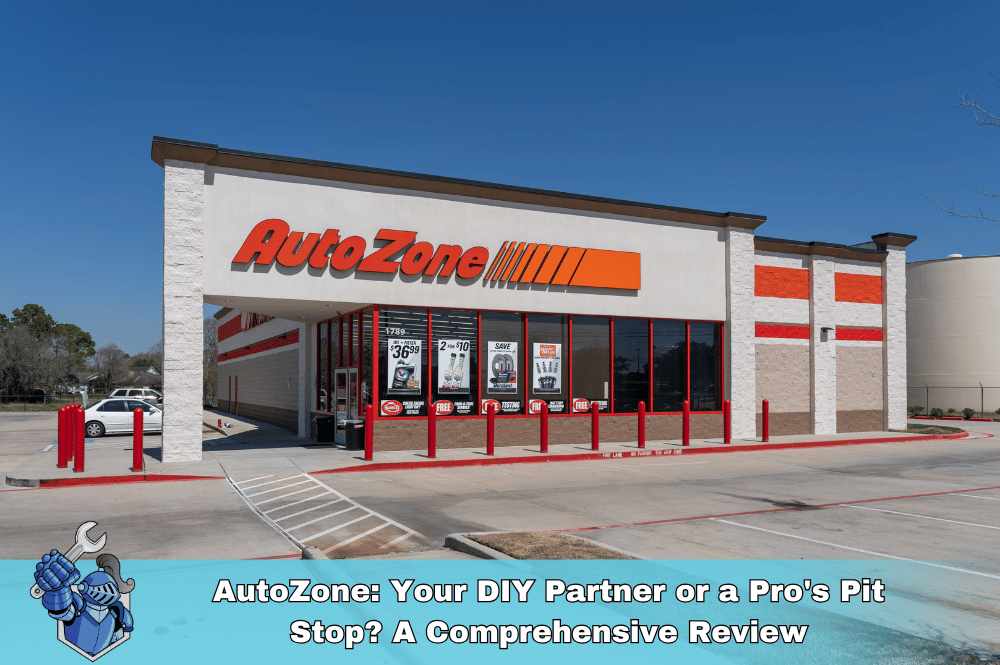 AutoZone: Your DIY Partner or a Pro's Pit Stop? A Comprehensive Review
AutoZone: Your DIY Partner or a Pro's Pit Stop? A Comprehensive Review Reborn Rugged: Why the Ineos Grenadier is More Than Just an SUV
Reborn Rugged: Why the Ineos Grenadier is More Than Just an SUV Factors Affecting Your Car Insurance Rates: The Ultimate Guide to Understanding Costs
Factors Affecting Your Car Insurance Rates: The Ultimate Guide to Understanding Costs How to Maximize Your Car Trade-In Value: The Ultimate Guide
How to Maximize Your Car Trade-In Value: The Ultimate Guide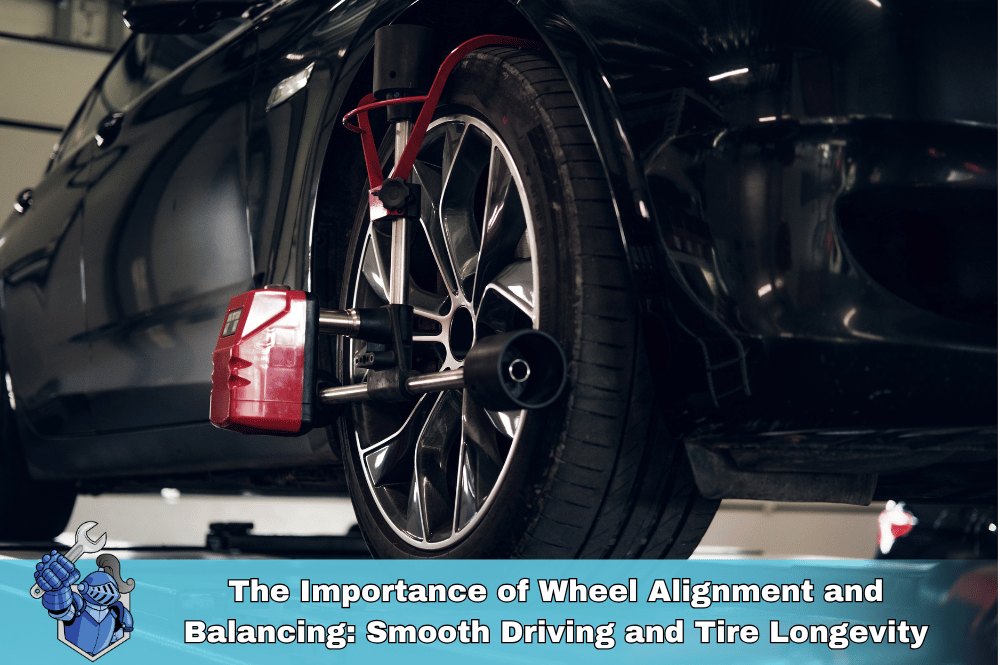 The Importance of Wheel Alignment and Balancing: Smooth Driving and Tire Longevity
The Importance of Wheel Alignment and Balancing: Smooth Driving and Tire Longevity BYD Cars 2025: Your Ultimate Guide to the Full Lineup & Latest Innovations
BYD Cars 2025: Your Ultimate Guide to the Full Lineup & Latest Innovations Don't Miss Out: How to Buy Crypto Before the Next FOMO Wave (2025 Guide)
Don't Miss Out: How to Buy Crypto Before the Next FOMO Wave (2025 Guide) Farmers Auto Insurance: Your Ultimate 2025 Guide to Coverage, Rates & Savings
Farmers Auto Insurance: Your Ultimate 2025 Guide to Coverage, Rates & Savings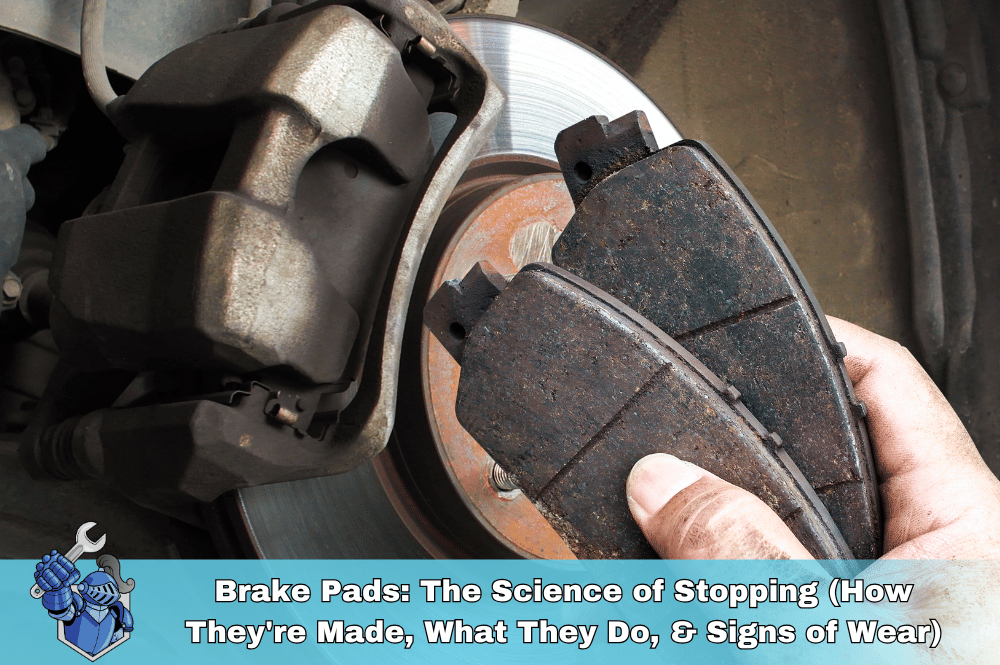 Brake Pads: The Science of Stopping (How They're Made, What They Do, & Signs of Wear)
Brake Pads: The Science of Stopping (How They're Made, What They Do, & Signs of Wear)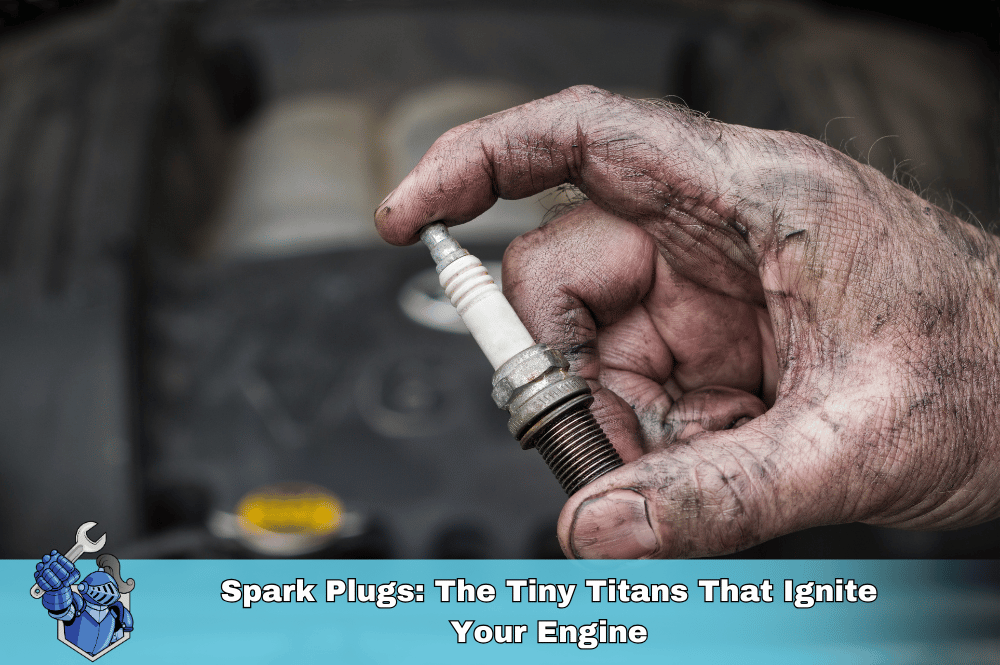 Spark Plugs: The Tiny Titans That Ignite Your Engine
Spark Plugs: The Tiny Titans That Ignite Your Engine The Ultimate Showdown: Car Broker vs. DIY Car Buying – Which Path Saves You More?
The Ultimate Showdown: Car Broker vs. DIY Car Buying – Which Path Saves You More? Kelley Blue Book Instant Cash Offer: Your Ultimate Guide to Getting Top Dollar for Your Car
Kelley Blue Book Instant Cash Offer: Your Ultimate Guide to Getting Top Dollar for Your Car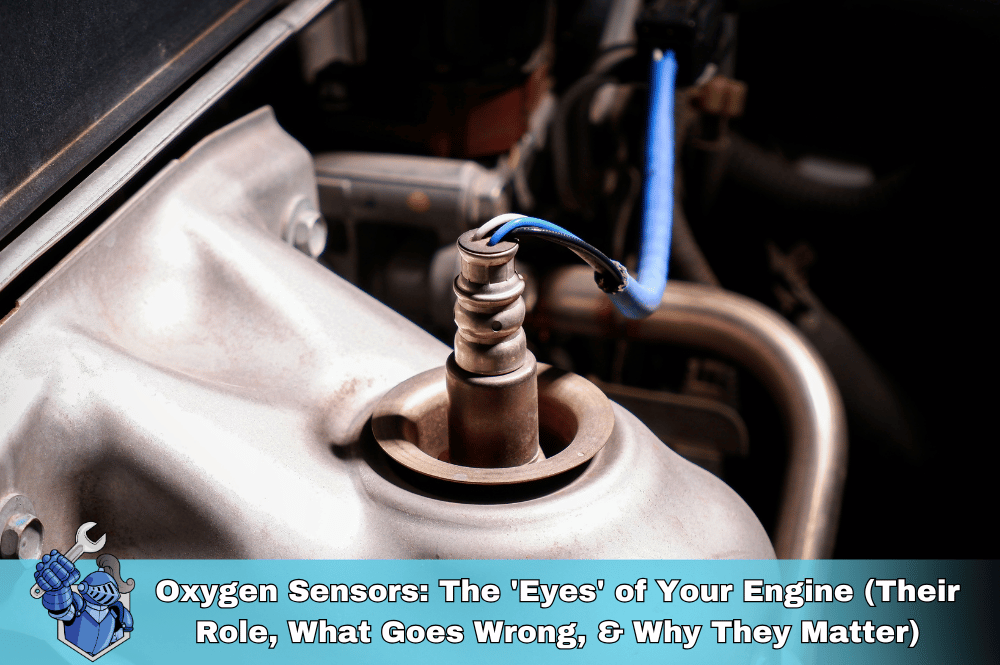 Oxygen Sensors: The 'Eyes' of Your Engine (Their Role, What Goes Wrong, & Why They Matter)
Oxygen Sensors: The 'Eyes' of Your Engine (Their Role, What Goes Wrong, & Why They Matter) Full Tort vs. Limited Tort Auto Insurance: The Ultimate Guide to Protecting Your Rights & Payout
Full Tort vs. Limited Tort Auto Insurance: The Ultimate Guide to Protecting Your Rights & Payout Carvana vs. Traditional Dealerships: The Ultimate Showdown for Your Next Car Purchase
Carvana vs. Traditional Dealerships: The Ultimate Showdown for Your Next Car Purchase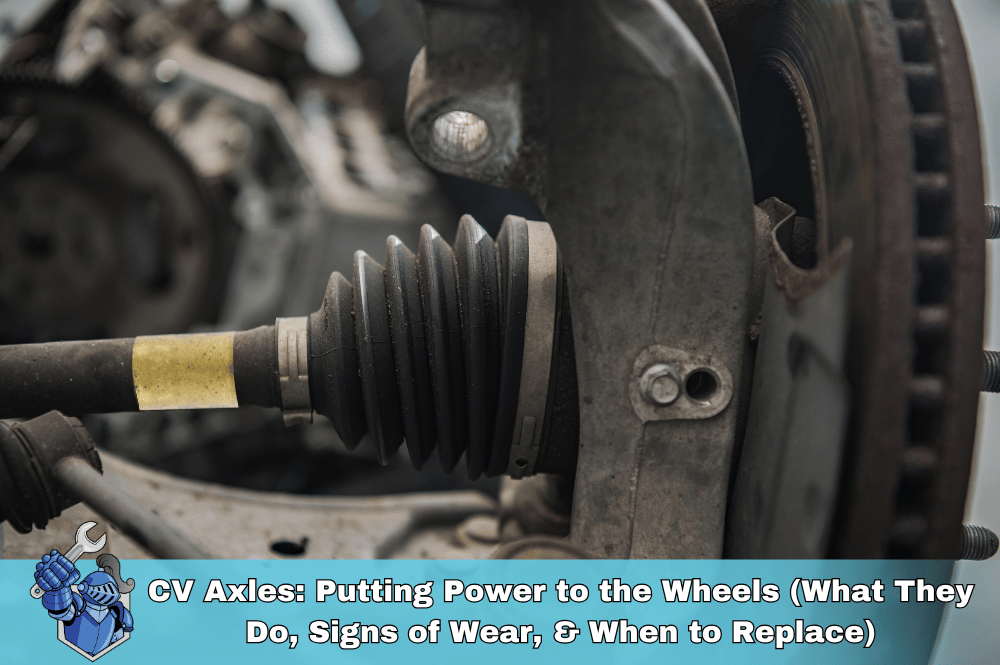 CV Axles: Putting Power to the Wheels (What They Do, Signs of Wear, & When to Replace)
CV Axles: Putting Power to the Wheels (What They Do, Signs of Wear, & When to Replace) 10 Essential Car Prep Tips for Your Family’s Epic Summer Road Trips (2025 Edition)
10 Essential Car Prep Tips for Your Family’s Epic Summer Road Trips (2025 Edition) DriveTime Review 2024/2025: Your Complete A–Z Guide to Buying a Car There
DriveTime Review 2024/2025: Your Complete A–Z Guide to Buying a Car There Rideshare Riches: How Much Can YOU Really Earn Driving for Uber & Lyft in 2025?
Rideshare Riches: How Much Can YOU Really Earn Driving for Uber & Lyft in 2025?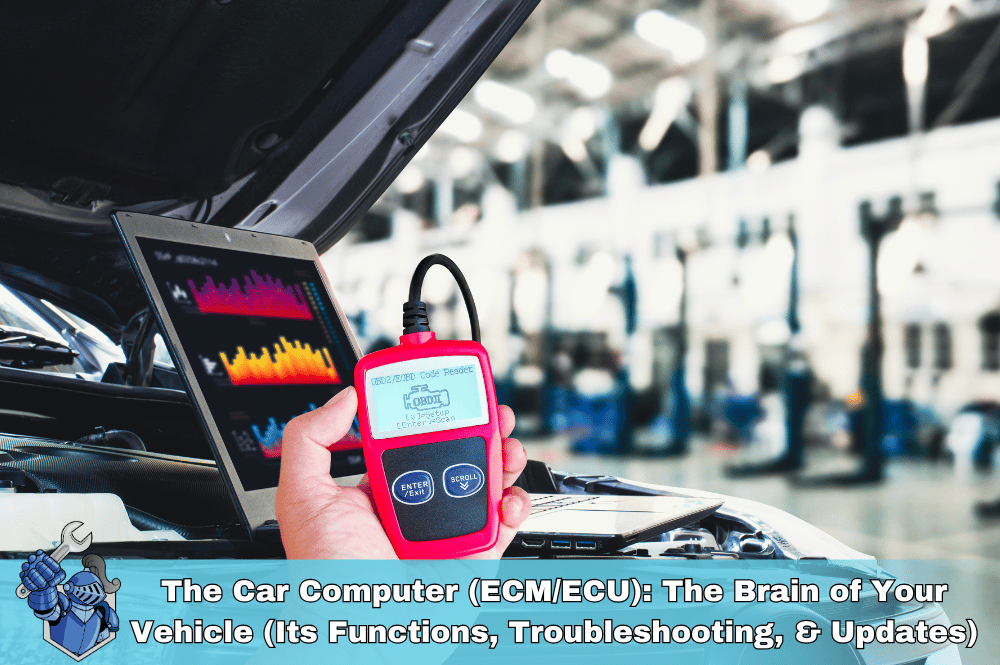 The Car Computer (ECM/ECU): The Brain of Your Vehicle (Its Functions, Troubleshooting, & Updates)
The Car Computer (ECM/ECU): The Brain of Your Vehicle (Its Functions, Troubleshooting, & Updates) The Ultimate Truck/SUV Beach Driving Guide: Prep, Safety, & Post-Sand Care
The Ultimate Truck/SUV Beach Driving Guide: Prep, Safety, & Post-Sand Care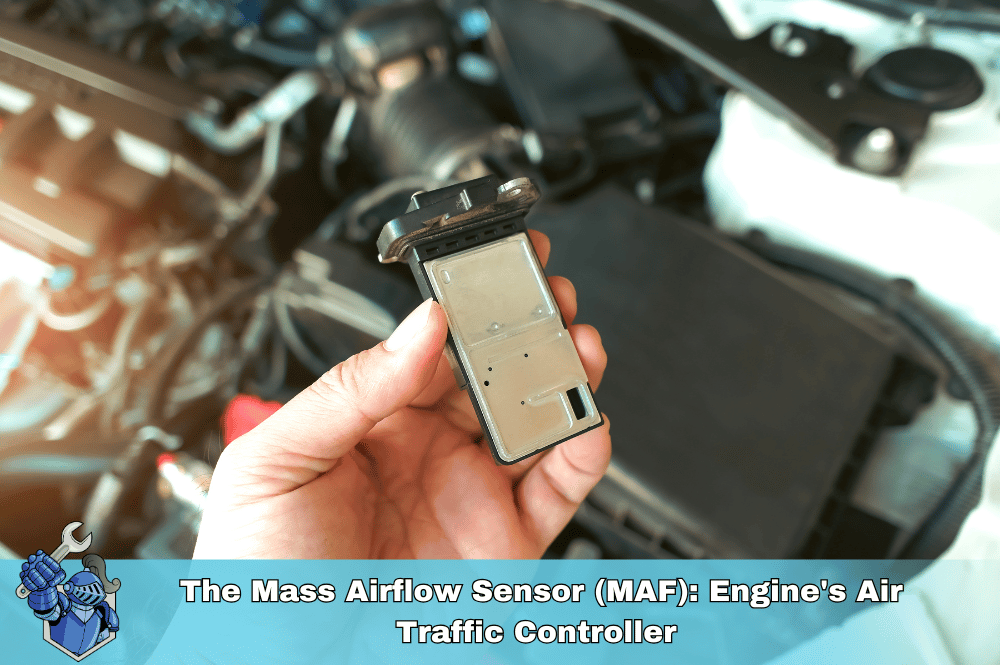 The Mass Airflow Sensor (MAF): Engine's Air Traffic Controller (Function, Symptoms of Failure, & Cleaning)
The Mass Airflow Sensor (MAF): Engine's Air Traffic Controller (Function, Symptoms of Failure, & Cleaning) The Reigning Champion: Why the 2025 Ford Ranger is North America's Truck of the Year
The Reigning Champion: Why the 2025 Ford Ranger is North America's Truck of the Year Car Coolant Flush: The Ultimate Guide to a Healthy Engine & Extended Vehicle Life
Car Coolant Flush: The Ultimate Guide to a Healthy Engine & Extended Vehicle Life Serpentine Belt: Powering Your Car's Accessories (Its Job, Signs of Wear, & Replacement)
Serpentine Belt: Powering Your Car's Accessories (Its Job, Signs of Wear, & Replacement) BMW M2: The Pure Driving Machine Reborn?
BMW M2: The Pure Driving Machine Reborn? The Ultimate Protection Plan: How Life Insurance Drives Your Family’s Future
The Ultimate Protection Plan: How Life Insurance Drives Your Family’s Future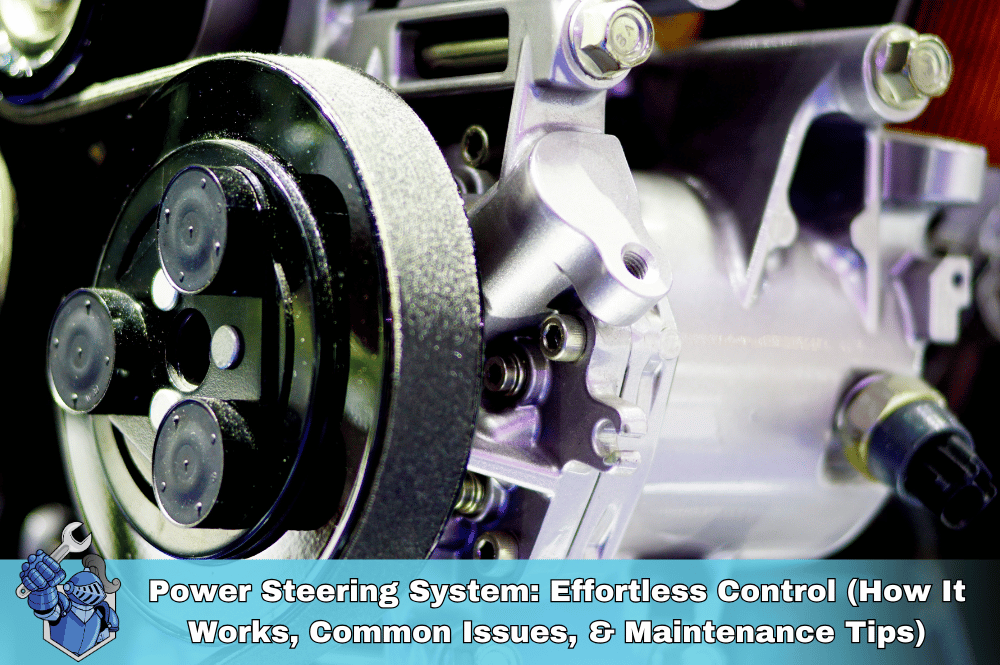 Power Steering System: Effortless Control (How It Works, Common Issues, & Maintenance Tips)
Power Steering System: Effortless Control (How It Works, Common Issues, & Maintenance Tips) End-of-Month Car Deals: Myth or Money-Saver?
End-of-Month Car Deals: Myth or Money-Saver? NobleQuote.com Presents: American National Auto Insurance – Your Complete Guide
NobleQuote.com Presents: American National Auto Insurance – Your Complete Guide Edmunds.com: Your Ultimate Guide to Smarter Car Buying
Edmunds.com: Your Ultimate Guide to Smarter Car Buying The Definitive Guide to Frank Martin's Cars in The Transporter Series
The Definitive Guide to Frank Martin's Cars in The Transporter Series Pre-Existing Conditions and Home Warranties: What You Need to Know Before You Buy
Pre-Existing Conditions and Home Warranties: What You Need to Know Before You Buy Why Your Car Insurance is Skyrocketing in 2025 (and How NobleQuote Can Help)
Why Your Car Insurance is Skyrocketing in 2025 (and How NobleQuote Can Help) The 2025 Toyota Supra: The Grand Finale of a Legend?
The 2025 Toyota Supra: The Grand Finale of a Legend?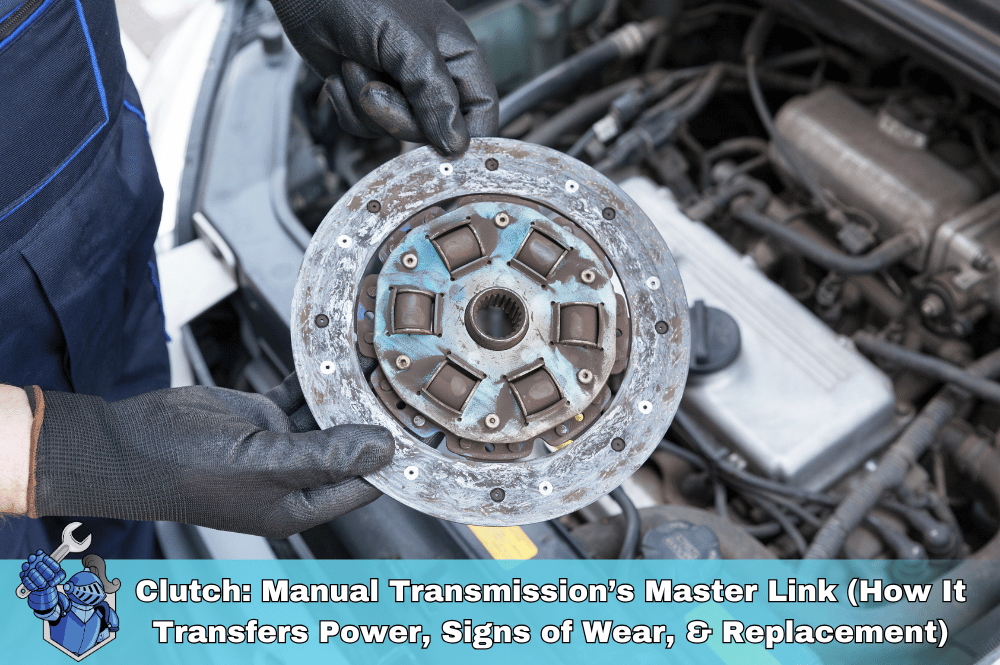 Clutch: Manual Transmission’s Master Link (How It Transfers Power, Signs of Wear, & Replacement)
Clutch: Manual Transmission’s Master Link (How It Transfers Power, Signs of Wear, & Replacement) Teen Driver Car Insurance Costs & Strategies: How to Get Affordable Coverage for Young Drivers
Teen Driver Car Insurance Costs & Strategies: How to Get Affordable Coverage for Young Drivers Is Your Car Insurance Enough? Unexpected Repairs and the Peace of Mind of a NobleQuote Vehicle Service Contract
Is Your Car Insurance Enough? Unexpected Repairs and the Peace of Mind of a NobleQuote Vehicle Service Contract Esurance Auto Insurance Review 2025: Is It the Right Digital Fit for Your Ride?
Esurance Auto Insurance Review 2025: Is It the Right Digital Fit for Your Ride? Cabin Air Filter: Breathing Easy in Your Car (What It Does, Why It Matters, & When to Replace)
Cabin Air Filter: Breathing Easy in Your Car (What It Does, Why It Matters, & When to Replace) Don't Let a Blown Engine Derail Your Life: The Auto Pro's Guide to Disability Insurance
Don't Let a Blown Engine Derail Your Life: The Auto Pro's Guide to Disability Insurance Godzilla’s Reign: Unpacking the Legend of the 5th Gen Nissan GT-R
Godzilla’s Reign: Unpacking the Legend of the 5th Gen Nissan GT-R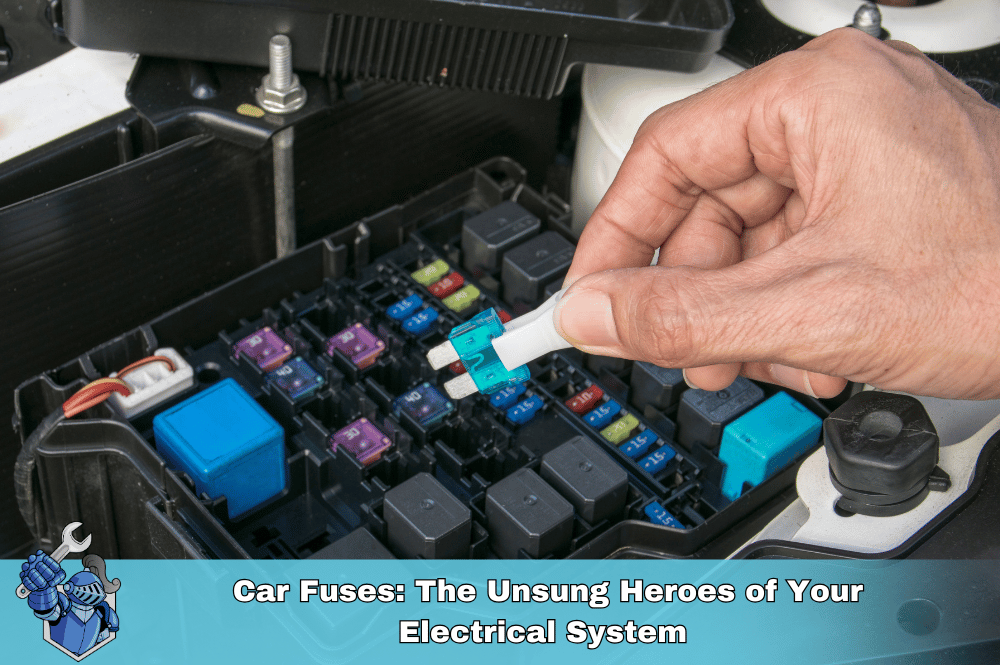 Car Fuses: The Unsung Heroes of Your Electrical System (What They Do, Common Failures, & How to Replace)
Car Fuses: The Unsung Heroes of Your Electrical System (What They Do, Common Failures, & How to Replace) Protect Your Ride & Your Family: Why Northwestern Mutual Life Insurance Matters for Car Owners
Protect Your Ride & Your Family: Why Northwestern Mutual Life Insurance Matters for Car Owners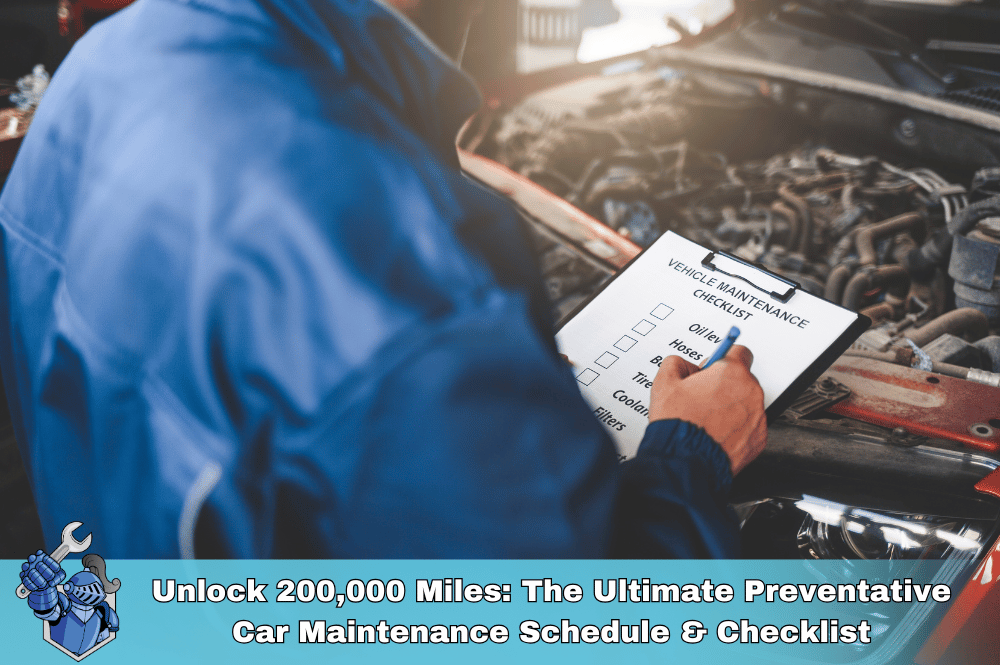 Unlock 200,000 Miles: The Ultimate Preventative Car Maintenance Schedule & Checklist
Unlock 200,000 Miles: The Ultimate Preventative Car Maintenance Schedule & Checklist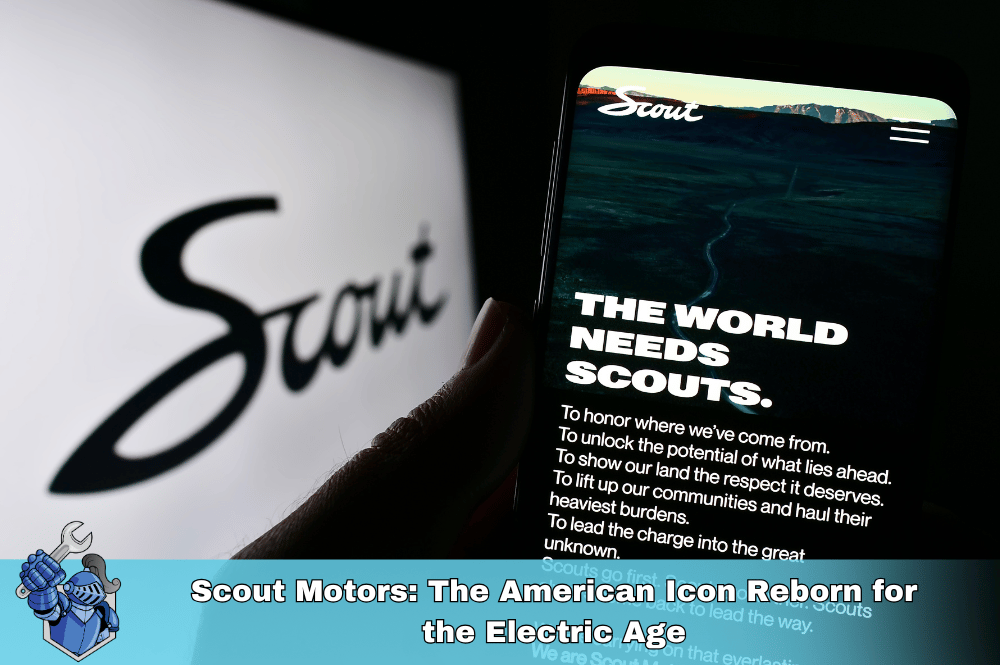 Scout Motors: The American Icon Reborn for the Electric Age
Scout Motors: The American Icon Reborn for the Electric Age How to Replace Wiper Blades: A Step-by-Step DIY Guide (Save Money & See Clearly!)
How to Replace Wiper Blades: A Step-by-Step DIY Guide (Save Money & See Clearly!) The Ultimate Guide to Cheap Car Insurance: Find Your Lowest Rates in 2025
The Ultimate Guide to Cheap Car Insurance: Find Your Lowest Rates in 2025 The 2025 Automotive Retirement Number: What Auto Pros Need to Save for a Comfortable Ride
The 2025 Automotive Retirement Number: What Auto Pros Need to Save for a Comfortable Ride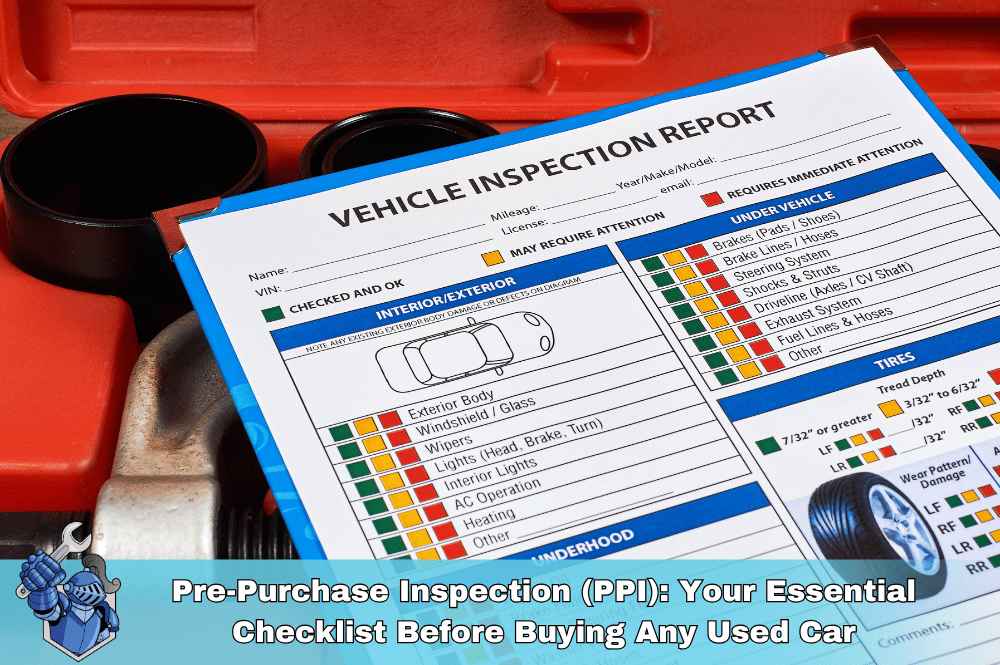 Pre-Purchase Inspection (PPI): Your Essential Checklist Before Buying Any Used Car
Pre-Purchase Inspection (PPI): Your Essential Checklist Before Buying Any Used Car Unearthing Automotive Gold: The Underrated Used Cars You Need to Buy Now
Unearthing Automotive Gold: The Underrated Used Cars You Need to Buy Now The Last Ride: Why the 2025 Audi A4 is the Ultimate Collectible (and Daily Driver)
The Last Ride: Why the 2025 Audi A4 is the Ultimate Collectible (and Daily Driver) 2025 Corvette ZR1: The Ultimate Guide to Specs, Price, and Performance
2025 Corvette ZR1: The Ultimate Guide to Specs, Price, and Performance Headlight Restoration & Bulb Replacement: The Ultimate Guide to Perfect Car Lighting
Headlight Restoration & Bulb Replacement: The Ultimate Guide to Perfect Car Lighting Does Driving for Uber/Lyft/DoorDash Void Your Car’s Warranty? & How to Get Covered
Does Driving for Uber/Lyft/DoorDash Void Your Car’s Warranty? & How to Get Covered The Ultimate Guide to Motorcycle Extended Warranties: Is It Worth It for Your Ride?
The Ultimate Guide to Motorcycle Extended Warranties: Is It Worth It for Your Ride? 2025 BMW X7 vs. Mercedes-Benz GLS: Which Luxury SUV Reigns Supreme?
2025 BMW X7 vs. Mercedes-Benz GLS: Which Luxury SUV Reigns Supreme? Barbie's Dream Car: The Ultimate EV Conversion? (And Why Even Fantasy Needs a Real Warranty)
Barbie's Dream Car: The Ultimate EV Conversion? (And Why Even Fantasy Needs a Real Warranty)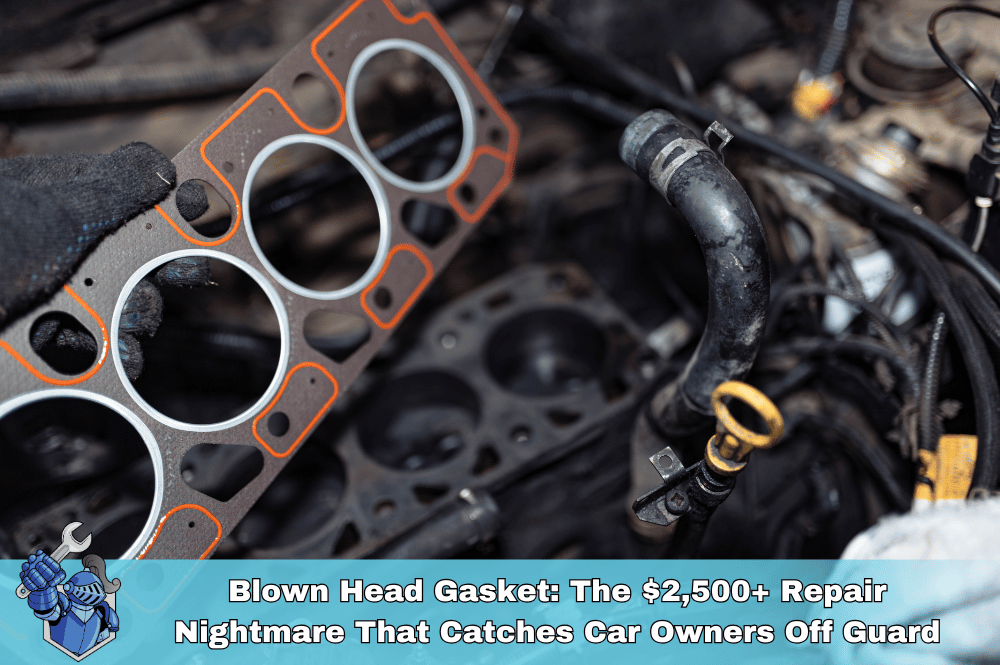 Blown Head Gasket: The $2,500+ Repair Nightmare That Catches Car Owners Off Guard – Learn How to Prepare
Blown Head Gasket: The $2,500+ Repair Nightmare That Catches Car Owners Off Guard – Learn How to Prepare 2025 Cadillac Lyriq Review: The Ultimate Luxury Electric SUV?
2025 Cadillac Lyriq Review: The Ultimate Luxury Electric SUV? Pep Boys: Your Complete Guide to Auto Parts, Service & Repair (2025 Edition)
Pep Boys: Your Complete Guide to Auto Parts, Service & Repair (2025 Edition) Drive Smarter: Unlock Vehicle Protection with 0% APR Service Contract Payments
Drive Smarter: Unlock Vehicle Protection with 0% APR Service Contract Payments 2025 Harley-Davidson Sportster S: The Ultimate Review & Buyer’s Guide
2025 Harley-Davidson Sportster S: The Ultimate Review & Buyer’s Guide New Jersey Car Insurance Laws 2025–2026: Your Essential Guide to What’s Changed & What’s Next
New Jersey Car Insurance Laws 2025–2026: Your Essential Guide to What’s Changed & What’s Next The Ultimate Dodge Viper Guide: All Generations, Specs, & History (1991–2017)
The Ultimate Dodge Viper Guide: All Generations, Specs, & History (1991–2017) Meineke Oil Change: Everything You Need to Know (Prices, Packages, and Why It Matters)
Meineke Oil Change: Everything You Need to Know (Prices, Packages, and Why It Matters) The Connected Car’s 'Black Box': How Your Data Impacts Warranty Claims
The Connected Car’s 'Black Box': How Your Data Impacts Warranty Claims 2025 Porsche Taycan: The Ultimate Guide to Porsche's Electrifying Evolution
2025 Porsche Taycan: The Ultimate Guide to Porsche's Electrifying Evolution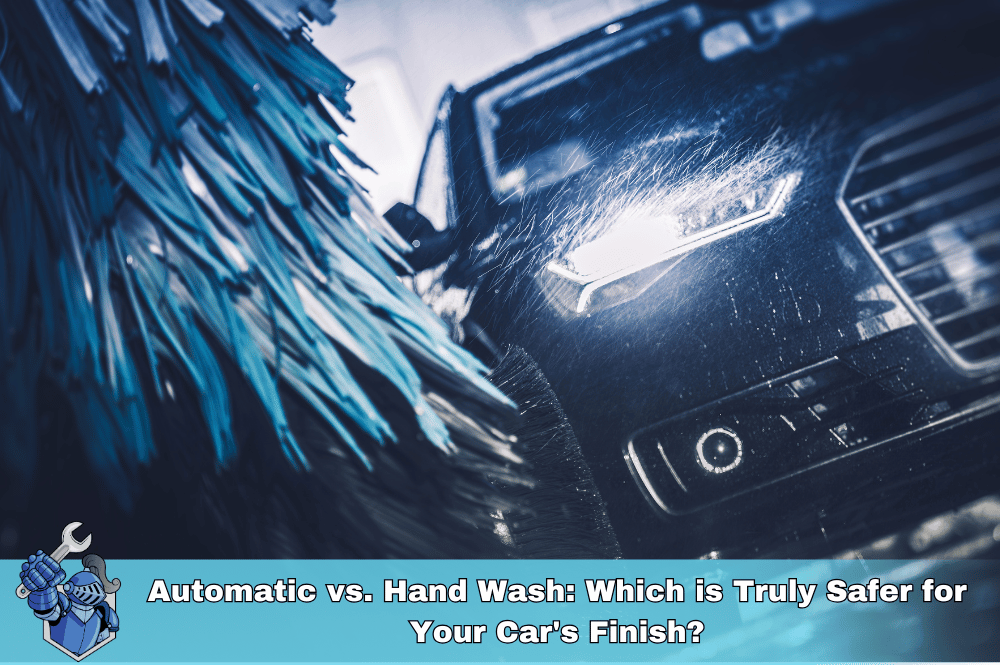 Automatic vs. Hand Wash: Which is Truly Safer for Your Car's Finish?
Automatic vs. Hand Wash: Which is Truly Safer for Your Car's Finish? The Ultimate Toyota RAV4 Guide: Every Generation Explored (1994–Present)
The Ultimate Toyota RAV4 Guide: Every Generation Explored (1994–Present) Homeowners Insurance vs. Home Warranty: A Clear Breakdown for Every Homeowner
Homeowners Insurance vs. Home Warranty: A Clear Breakdown for Every Homeowner Erie Auto Insurance Review 2025: Rates, Discounts, & Why Drivers Choose It
Erie Auto Insurance Review 2025: Rates, Discounts, & Why Drivers Choose It The Ultimate Bentley Bentayga Buyer’s Guide: Every Model, Trim & Real-World Ownership Costs
The Ultimate Bentley Bentayga Buyer’s Guide: Every Model, Trim & Real-World Ownership Costs The Ultimate Lamborghini Urus Buyer's Guide: Every Generation, Model, & What You Need to Know Before Owning
The Ultimate Lamborghini Urus Buyer's Guide: Every Generation, Model, & What You Need to Know Before Owning Mazda6 Generations Explained: A Complete History & Buyer's Guide (All Models)
Mazda6 Generations Explained: A Complete History & Buyer's Guide (All Models) Chubb Auto Insurance: The Premier Choice for Luxury, Exotic, and Classic Cars
Chubb Auto Insurance: The Premier Choice for Luxury, Exotic, and Classic Cars The True Cost of Luxury Car Repair: Are You Paying Too Much Without a Vehicle Service Contract?
The True Cost of Luxury Car Repair: Are You Paying Too Much Without a Vehicle Service Contract? Full Tort vs. Limited Tort in Pennsylvania: Which is Right for You? (A Driver's Definitive Guide)
Full Tort vs. Limited Tort in Pennsylvania: Which is Right for You? (A Driver's Definitive Guide)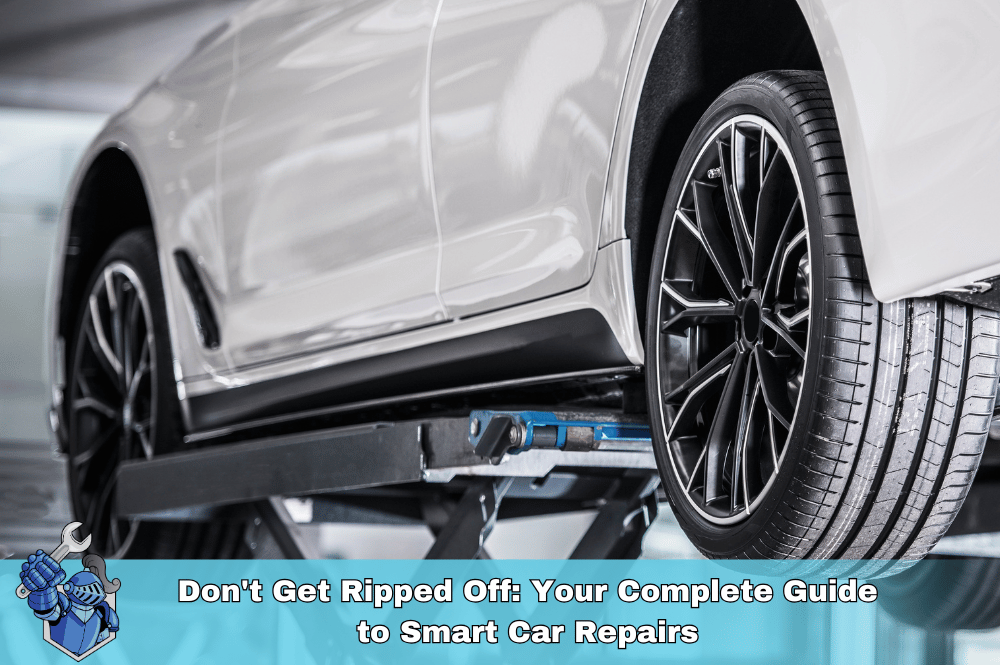 Don't Get Ripped Off: Your Complete Guide to Smart Car Repairs
Don't Get Ripped Off: Your Complete Guide to Smart Car Repairs Cash vs. Car Loan: Which is Right for Your Next Vehicle Purchase?
Cash vs. Car Loan: Which is Right for Your Next Vehicle Purchase? The New Land Rover Defender: Redefining Rugged Luxury (Your Ultimate Review & Buying Guide)
The New Land Rover Defender: Redefining Rugged Luxury (Your Ultimate Review & Buying Guide) The Silent Killer: Why Not Driving Your Car Wears It Out Faster Than You Think
The Silent Killer: Why Not Driving Your Car Wears It Out Faster Than You Think Beyond the Basics: Unpacking AIG's Elite Auto Insurance for High-Net-Worth Drivers
Beyond the Basics: Unpacking AIG's Elite Auto Insurance for High-Net-Worth Drivers The Ultimate 2025 Hyundai Santa Fe Review: Your Complete Buyer’s Guide
The Ultimate 2025 Hyundai Santa Fe Review: Your Complete Buyer’s Guide The Repair Shop Rejection Reflex: Why Customers Say No to Essential Car Fixes
The Repair Shop Rejection Reflex: Why Customers Say No to Essential Car Fixes Rolls-Royce Cullinan Review: Is This the World's Ultimate Luxury SUV?
Rolls-Royce Cullinan Review: Is This the World's Ultimate Luxury SUV? Get Your Price Instantly: The Smart Way to Buy & Manage Your Car's Extended Warranty Online with NobleQuote
Get Your Price Instantly: The Smart Way to Buy & Manage Your Car's Extended Warranty Online with NobleQuote Amica Auto Insurance Review 2025: Unpacking Value, Dividends, and Why It Consistently Ranks #1 for Service
Amica Auto Insurance Review 2025: Unpacking Value, Dividends, and Why It Consistently Ranks #1 for Service The Ultimate 2025 Nissan Armada Buyer's Guide: Everything You Need to Know
The Ultimate 2025 Nissan Armada Buyer's Guide: Everything You Need to Know Rideshare Safety Unlocked: The Ultimate Guide to Secure Uber & Lyft Rides
Rideshare Safety Unlocked: The Ultimate Guide to Secure Uber & Lyft Rides